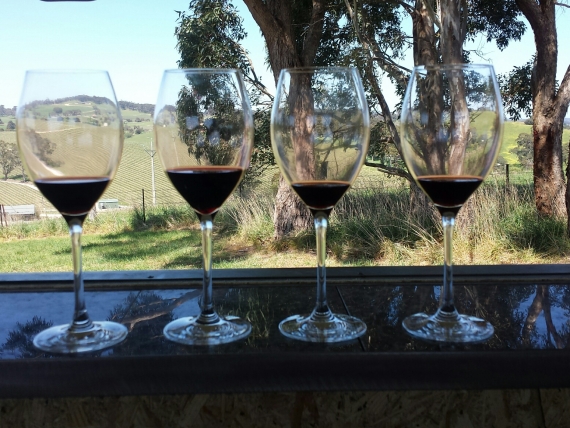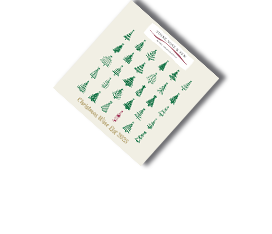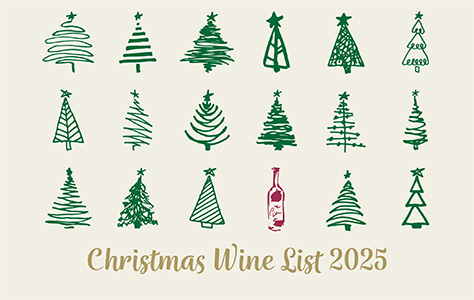“Working” in Australia IV: Conclusions
18th October 2017

Before we get to the dull, gritty bit about wine, here are some observations about life down under:
- Unless you are very wealthy or live very close to a city centre, you live in a bungalow
- Wildlife: whilst I saw numerous kangaroos as roadkill, they were only spotted twice in the wild. Likewise the scores for koalas, wombats, bandicoots, echidnas, snakes etc. were all zero. Far more exciting are the birds; the galahs, parakeets, sulphur-breasted cockatoos, even the pesky dive-bombing magpies are spectacular looking and their dawn chorus is exotic and thrilling, full of liquid trills and the notes of strange wind instruments
- Southern Australia in the spring is stunningly beautiful: a vivid green landscape punctuated by the white trunks of eucalyptus, and the full dams reflecting the blue sky. Much of it looks like exotic English parkland!
- It’s a wealthy country. The average income is over Au$80,000, so nearly twice the average income in the UK (at the current depressing exchange rate); and I bet they get to keep more of it too. Aussies are quite happy to drop into the cellar door and pay Au$40-70 (£24-42) for a bottle…
Before moving on to a discussion about the wine, first I have to qualify any remarks by stating that I did not visit the Riverina, or see the bulk side of Australia (i.e. vines broiling in sub-tropical heat ripening huge volumes of grapes swollen by irrigation). Instead the focus of my trip was on the cooler, quality-focussed regions, where I witnessed a vibrant, healthy, exciting wine industry. Here are the impressive strengths amongst the wines:
- Fantastic, ageworthy Chardonnay and Pinot Noir from all over the cooler zones, and in particular the higher parts of the Yarra Valley and the Adelaide Hills
- Stunning Grenache – best I think on its own rather than within a GSM blend – from McLaren Vale
- Cool climate Shiraz / Syrah (as the latter is creeping on to Aussie labels) from Canberra, the Yarra and the Adelaide Hills. This can be beautifully perfumed - think violets and roses – lightly spicy and highly refined
- In the making – super reds from Italian varieties, especially Nebbiolo and Sangiovese
- And the future is great, as there is infinitely more land suitable for vineyards – in cooler zones; on south-facing slopes; and on low fertility, ancient rock-based soils.
Here are the challenges:
- A strong economy. The minimum hourly wage is Au$17.70, or £10.50, an hour. If the Cambodians who do the vineyard work are all being paid this - and their managers, the winemakers, salesmen etc. a whole lot more - then it has to impact on the cost of production.
- Water / Climate Change. The elephant in the room. It may have been freezing on a windswept hilltop in the Strathbogie Ranges in September, but the sun is evilly hot down under. Already the industry is working hard to manage the vineyards accordingly (for example planting rows east –west rather than north-south to reduce exposure). A shortage of water, necessary for irrigation in the long hot summers, may also cramp development.
- Disease: Phylloxera and Eutypa. Who would believe the Phylloxera bugs which devastated European vineyards in the late 19th century are still munching their way across Australia? But they are, recently moving into the Yarra Valley. Optimistic Australians look on the necessary replanting as “an opportunity” but it would be tragic if the ancient bush vines in the Barossa, for example, had to be grubbed up. Eutypa is a fungal disease which causes arms or the trunk of a vine to die back (hence d’Arenberg’s Dead Arm). You can spot it in the vineyards – not a pretty sight.
And here are the man-made errors:
- A tendency to pick too early, making for weedy Chardonnays, flavourless Viogniers and even green and stalky Cabernet Sauvignons. Presumably this is in the pursuit of “elegance”, lower alcohol - and being wilfully different - but these styles don’t do it for me.
- Oak. This is complicated. Australians used to put their wine in barrels made from American oak, lending that vanilla sweetness to wines of old, but now most producers are using smarter and less strongly scented French oak. I find they are still using just a bit too much new or nearly new oak for my taste, in particular with Grenache, which really doesn’t take to oak at all, but also with Shiraz and Pinot Noir. When the fruit is as good as it is why not let it shine more?
- Wines called “The …….”. Chester Osborn at d’Arenberg may have started this 30 years ago (The Dead Arm Shiraz etc.) , but the moment has surely long gone. One producer near Canberra, the capital produced a whole range of “The Frontbencher”, “The Ambassador”, “The Press Gallery” etc. Arggh. I am now so bored of “The…….” wines that they may be banned from SVS shelves.
- My blind spot - dry Riesling from all over Oz. Tasted lots, sorry, just can’t get that excited: the wines are obvious and one-noted.
So that's it - over two weeks: I tasted examples from over 110 wineries; I have notes for over 390 wines (but tasted a lot more over mildly inebriated dinners); and I ate wonderful food, from sweet oysters and delectable Asian dishes to barbecued sucking pig and Wagyu beef. Thanks to Wine Australia for financing this extraordinary and memorable trip.
END – back to grey Blighty….




